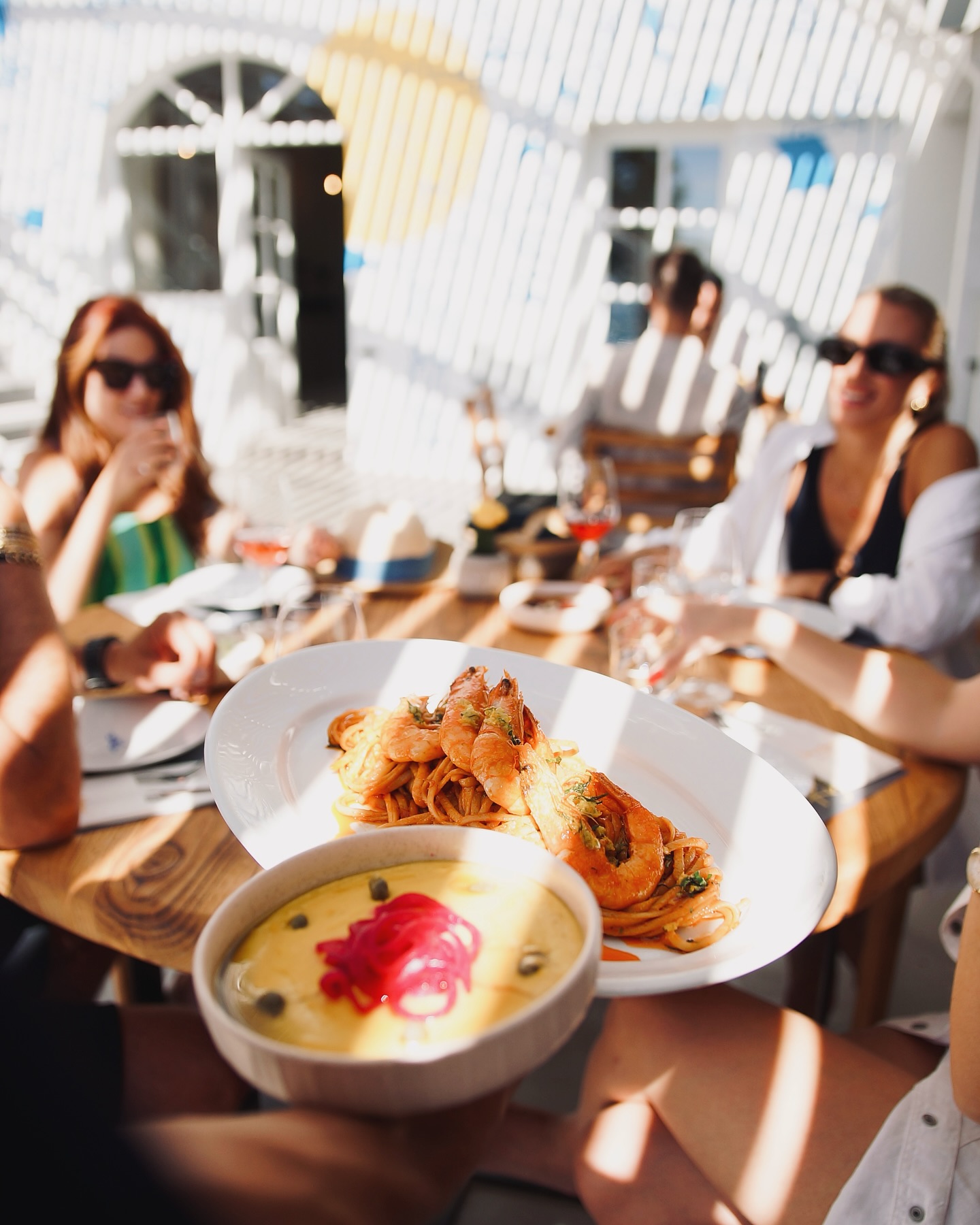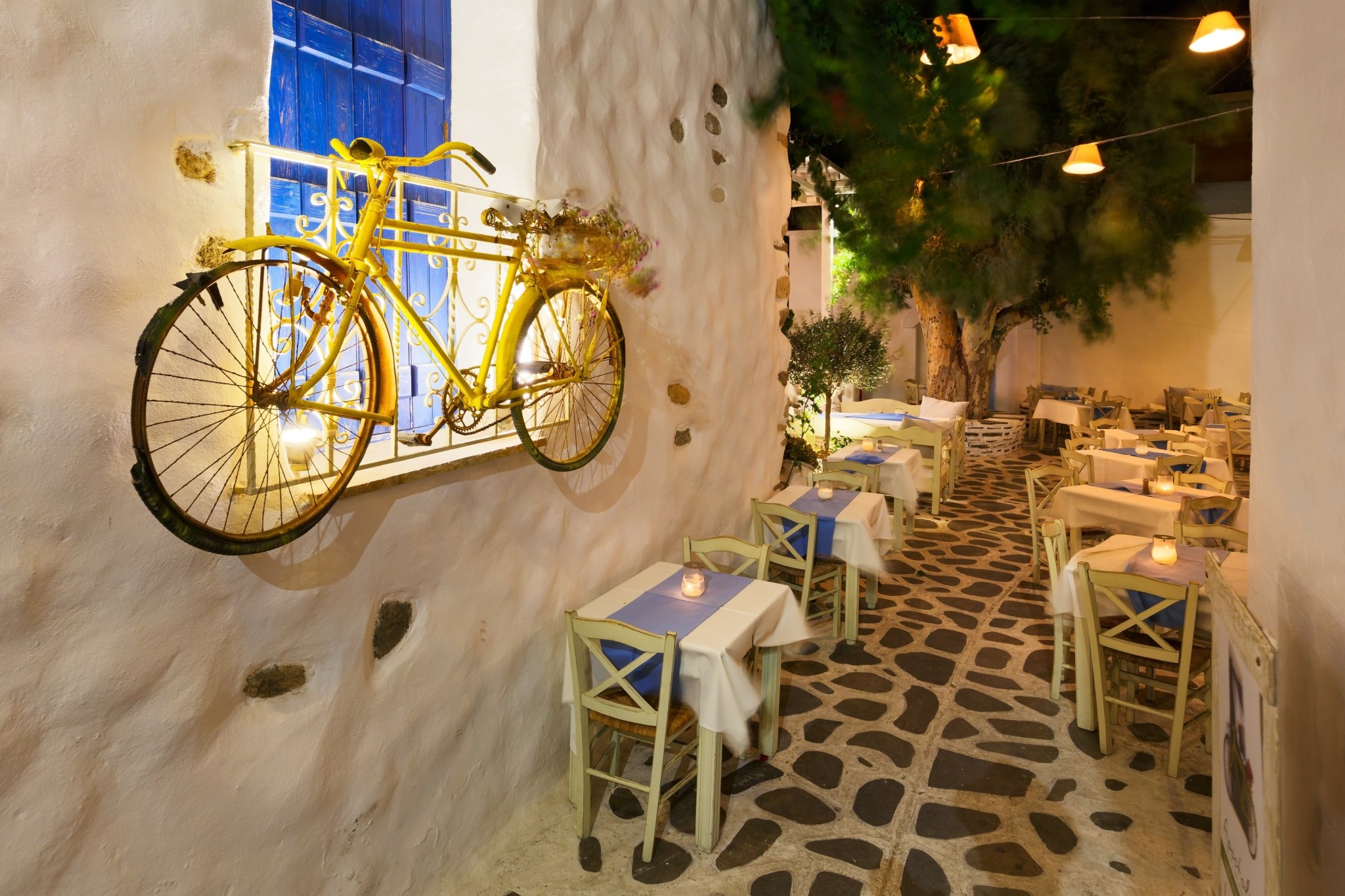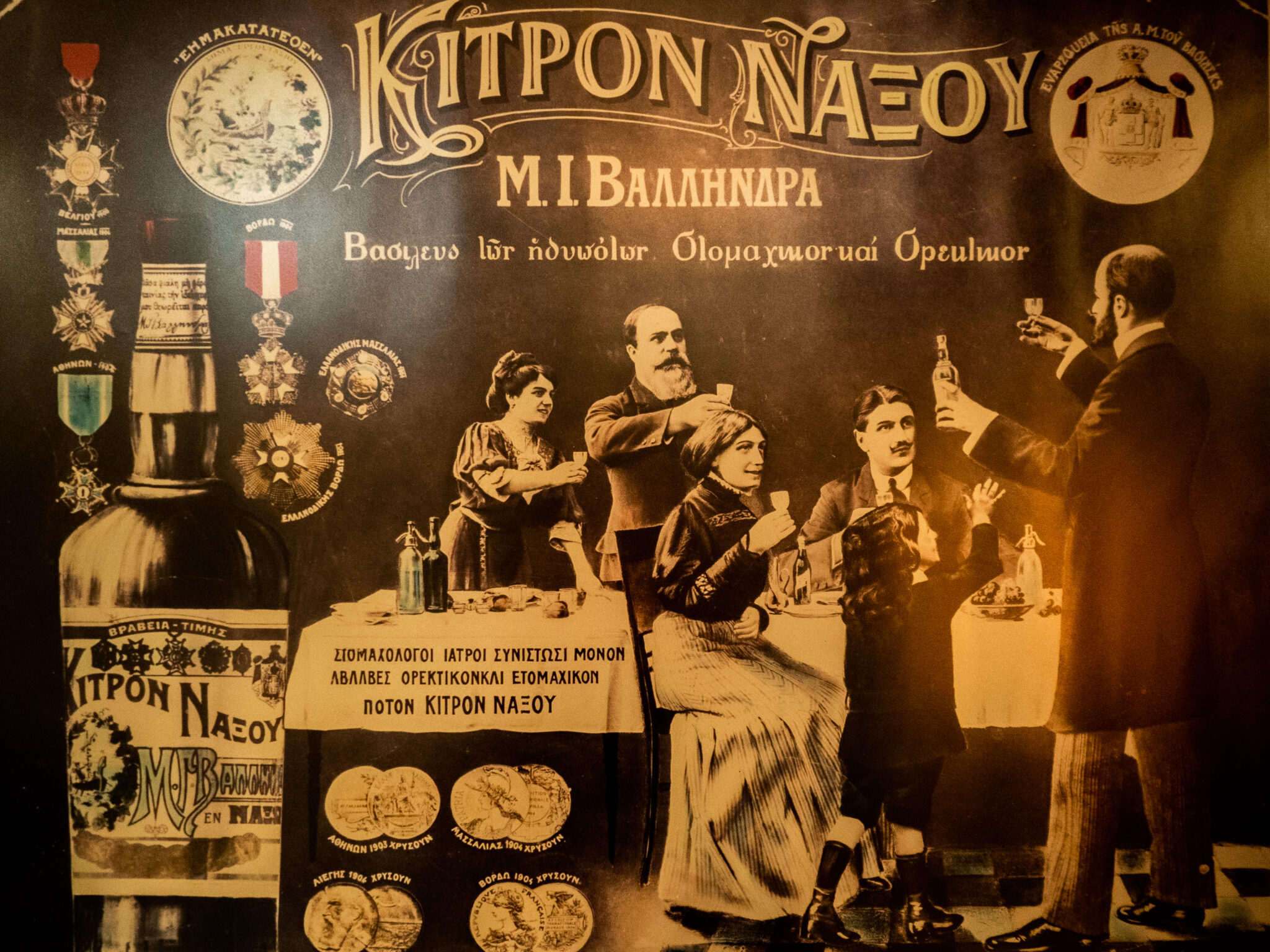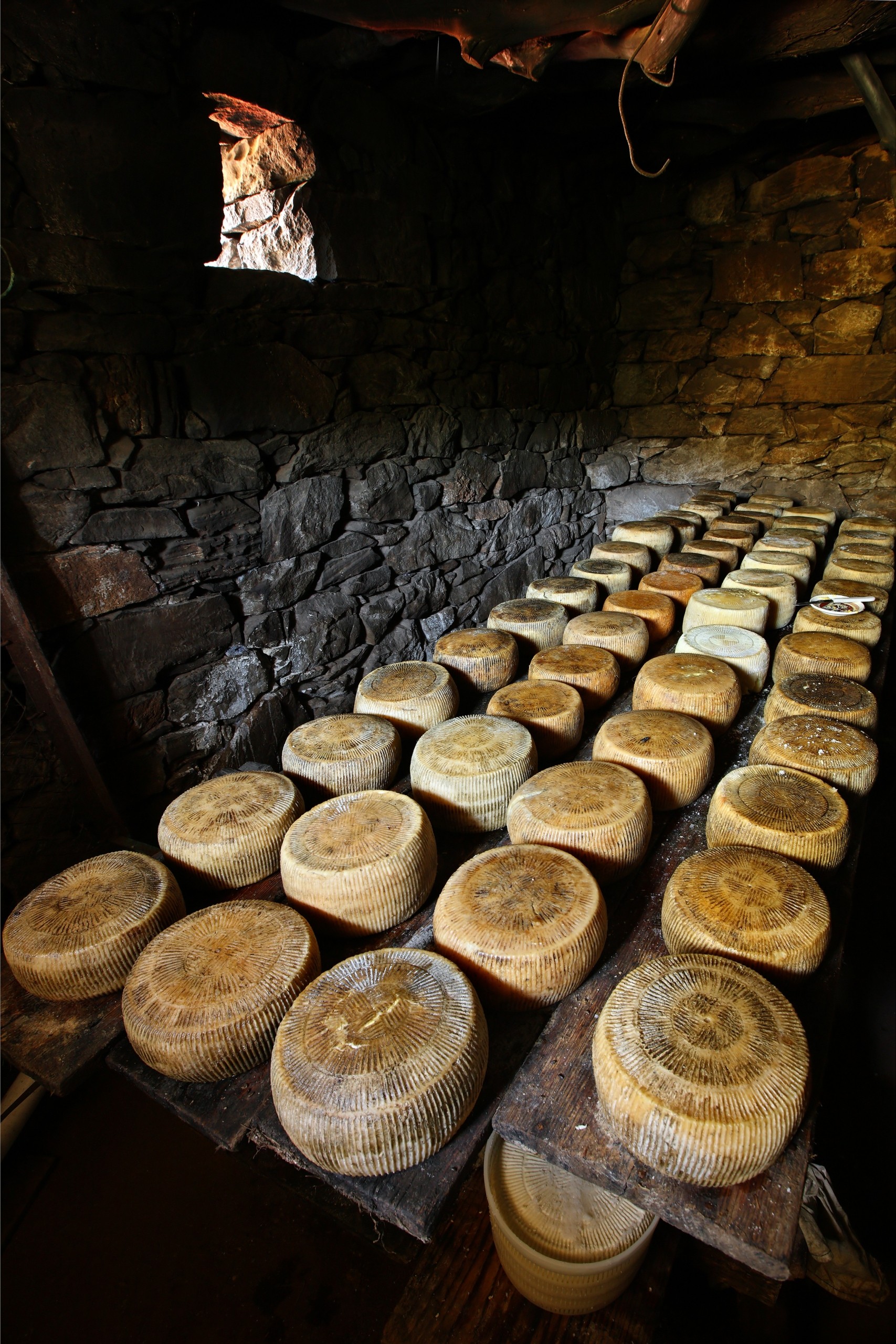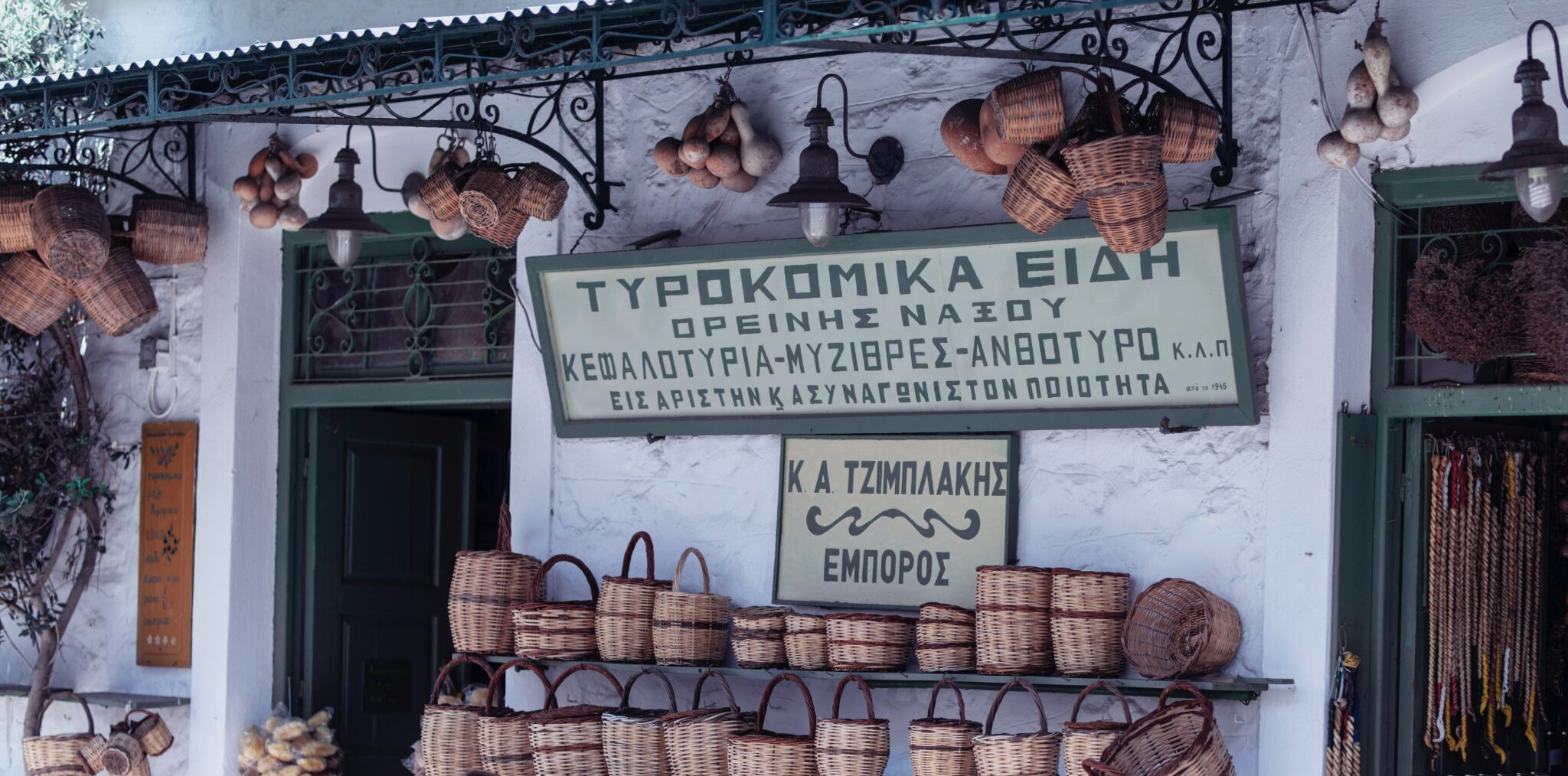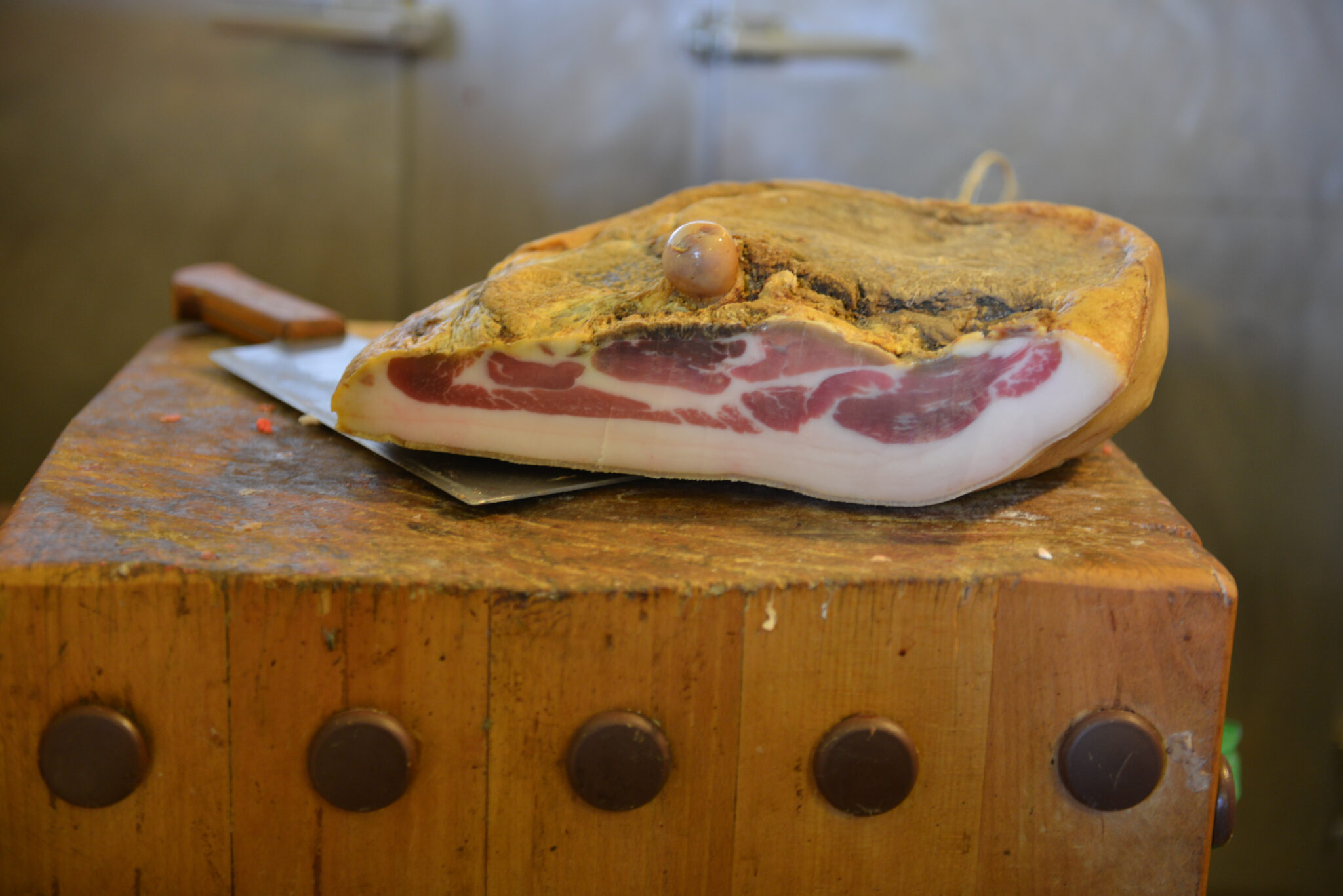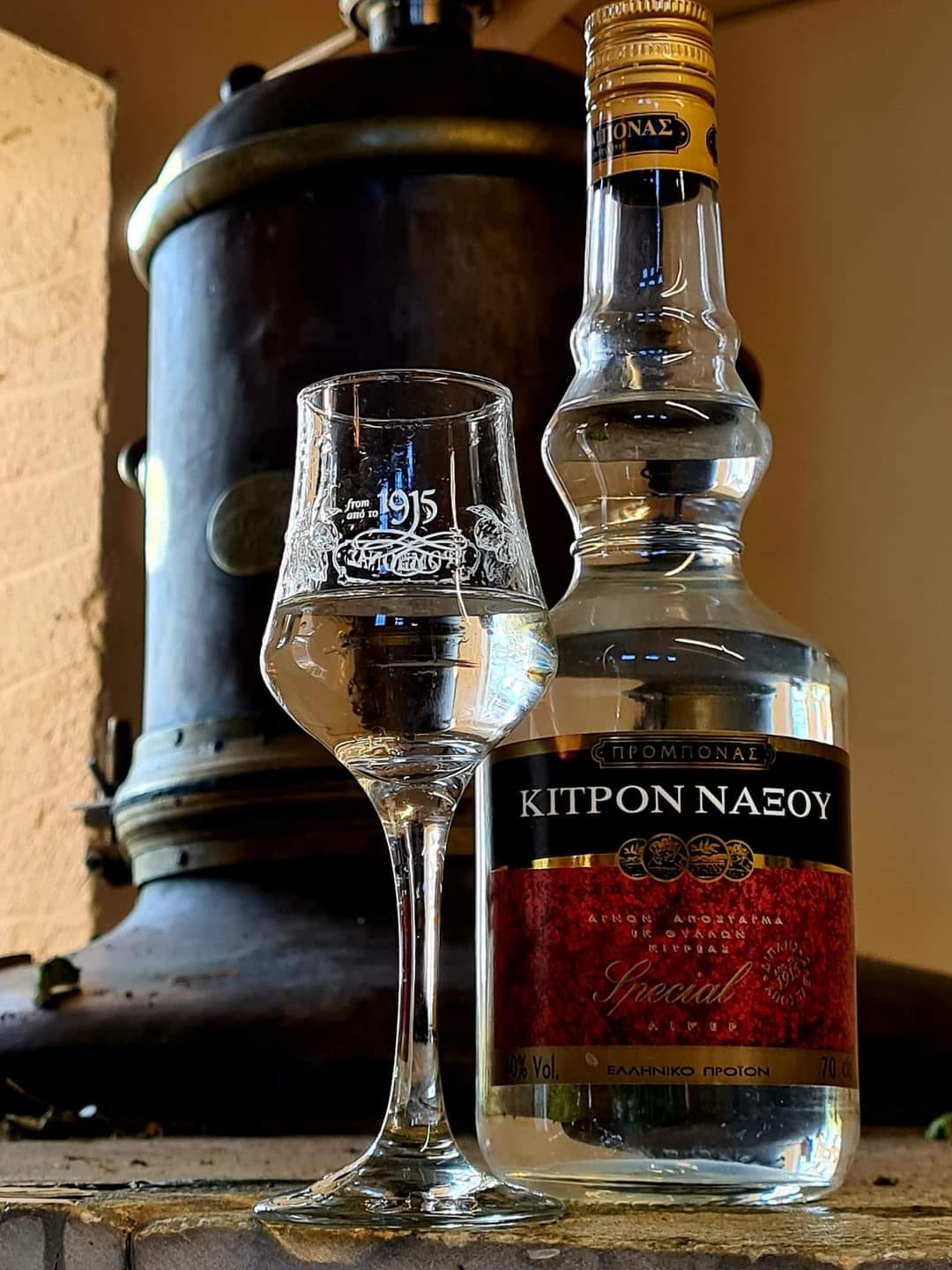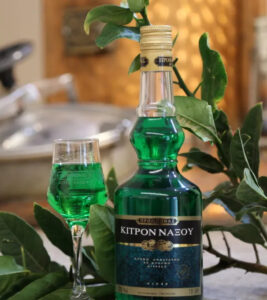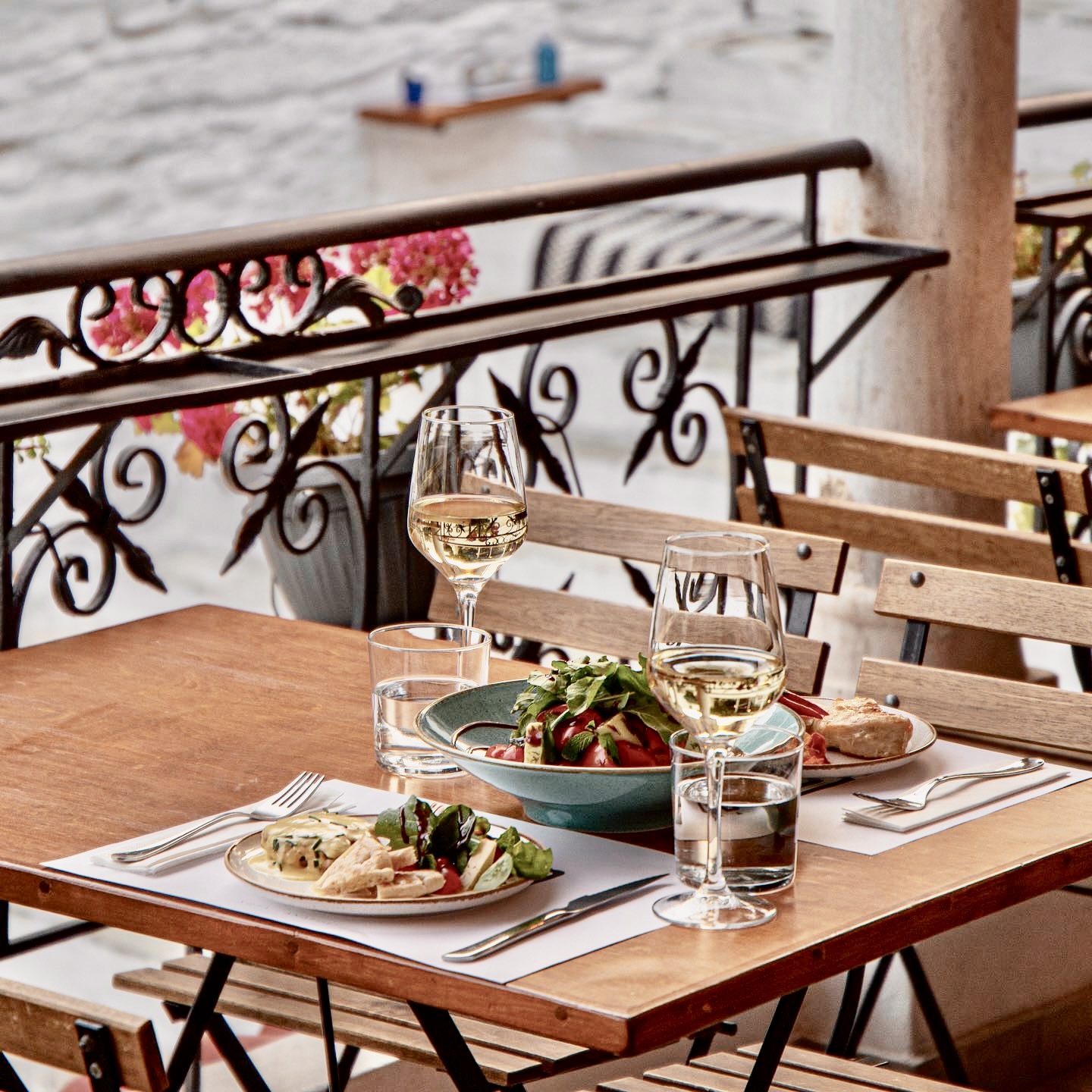Naxos is the largest and most fertile island of the Cyclades, is almost self-sufficient in terms of food production. The island produces an abundance of vegetables, fruits, and has a thriving livestock industry, developed cheesemaking tradition, and a significant fishing fleet that supplies fresh fish not only to the island but also to neighboring islands and even Athens.
Despite the plethora of exceptional local products, the island’s cuisine has always been simple and unpretentious. This simplicity was reflected in Naxos’ tavernas until recently, as the island maintained a low-key tourist profile for a long time. However, in the past 4-5 years, the island has entered a dynamic phase of tourism development, and its culinary scene has followed suit. Several tavernas and restaurants now showcase a modern touch while remaining rooted in the extraordinary local products that inspire and significantly support this transformation.
Among the most well-known products of Naxos, with their unique character recognized, are the island’s dairy products. Naxos Graviera, a PDO (Protected Designation of Origin) cheese produced primarily from cow’s milk, stands out with its delicate aroma and mild flavor, which intensifies as it ages—it can be aged up to 24 months. Arseniko, another PDO cheese made from sheep’s and goat’s milk, is a wonderful kefalotyri with a strong taste and saltiness. The locals call it Arseniko, or “male,” in contrast to the “female” or mild-flavored Anthotyro, also known as Thilykotyri. Arseniko is perhaps the island’s oldest cheese and can be aged up to 16 months.
Ladotyri, a fascinating cheese, is a matured variety submerged in olive oil for three months before consumption. Meanwhile, Krasotyri is matured in wine or grape pomace. Komos is a firm, white, goat and sheep’s milk cheese with a pliable texture, perfect for saganaki. Derived from whey cheeses are the sweet myzithra, Anthotyros or “female cheese,” dry myzithra, sour myzithra (a summer cheese), and touloumisio cheese, in which pieces of aged cheese and myzithra are layered within a touloumi (a goatskin sewn like a wineskin) to mature. Among the agricultural products, the most famous are Naxos’ delectable potatoes (PDO), while the unique and unimaginably fragrant citrus fruit “papilona,” something between bergamot and bitter orange, remains relatively unknown.
The island’s livestock industry has experienced significant growth, boasting exceptional beef and wild goats, known as “vagiari” in the local dialect. Naxos is home to approximately 100,000 sheep and goats and 4,000 cattle. A local charcuterie made from pork is the “zamboni,” a rather firm, salted, and delicious cured meat served in thin slices. It is not yet commercially packaged but is prepared by a few restaurants and homes. Equally exceptional are the pork sausages flavored with throubi, oregano, and garlic, available at butcher shops.
Characteristic dishes of the island, particularly from the stunning mountain village of Apeiranthos, include the rosto, a tomato-based pork dish served with thick pasta, koiliadakia, and galantera, both of which are lamb intestine dishes with liver. Other local delicacies include stuffed goat with “patouda” (aromatic herbs, seskoula, and rice), the sweet-savory sefoukloti (a pie with “sefoukla,” seskoula, rice, and raisins), kolokithopastitsa, a fried pie without phyllo dough made with red zucchini and onions, salatouri (a salad with boiled salachi, onions, and parsley), lemon-flavored pastos cod with provatses (a wild herb), and other aromatic greens.
The island’s culinary scene boasts “bouleria,” poached eggs cooked in water and fresh butter, “kakavia” fish soup, “pentarates” potatoes, pan-fried with onions in their skins, “renggotiganites,” deep-fried fish strips, “pasta barbounia,” red mullet pasta, and “gounes,” sun-dried mackerel. A widely-popular island dish vying for the title of traditional specialty is “kalogeros,” a succulent braised veal with eggplant, gruyère cheese, and yogurt.
As for desserts, apart from the classic “koulouria” cookies, “moustalevria” grape must pudding, and syrup-soaked treats, there’s the jam-filled pastry roll, “avgokalamara,” deep-fried orange-flavored dough bites, “mastichakia,” small sweets with a delicate almond-filled phyllo dough infused with orange blossom water and mastic, sugar-dusted almond confections, and an endless variety of fruit preserves.
Wine Identity
Despite the island’s long-standing tradition of viticulture and winemaking and the relatively extensive vine cultivation that still exists today, Naxos is not considered a winegrowing region. However, in recent years, wineries have emerged, producing and distributing bottled wines. In contrast, distillation continues to excel, and the exceptional Naxos Citron (PDO) liqueur stands proudly alongside grappa. The island’s two historic distilleries systematically produce this delightful beverage.
Read Also
Wine Roads of Attica | travel.gr
Savoring Spetses: A Soiree of Seaside Splendor | travel.gr
7 wonderful island villages in Greece | travel.gr



